| Chair | Cube |
|---|---|
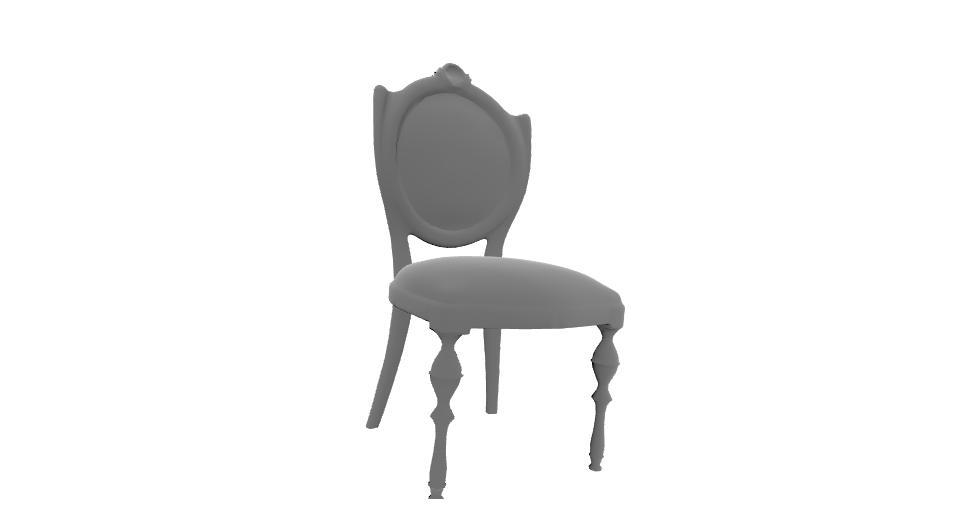 |
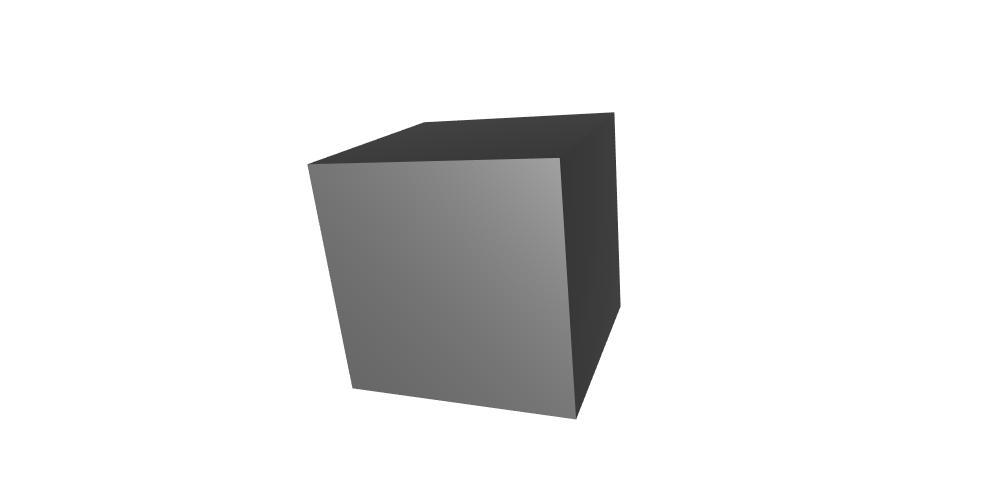 |
| Pyramid | Teddy |
|---|---|
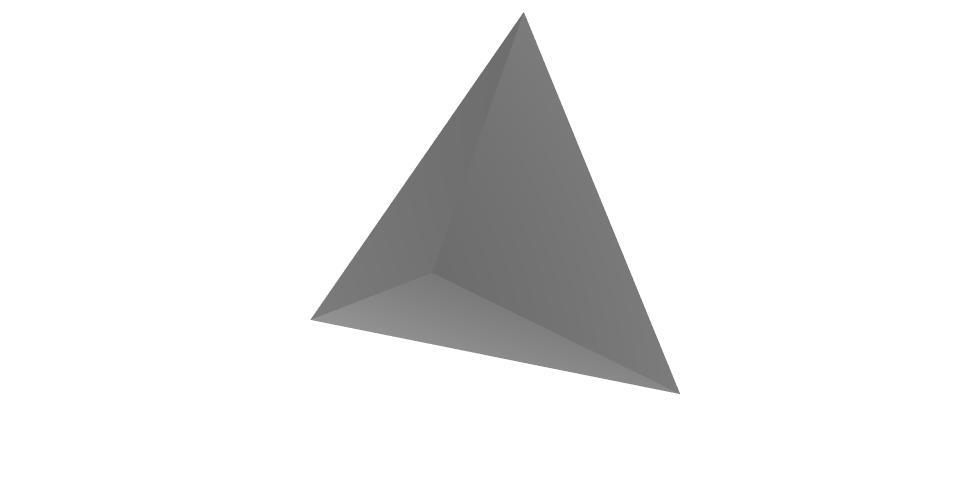 |
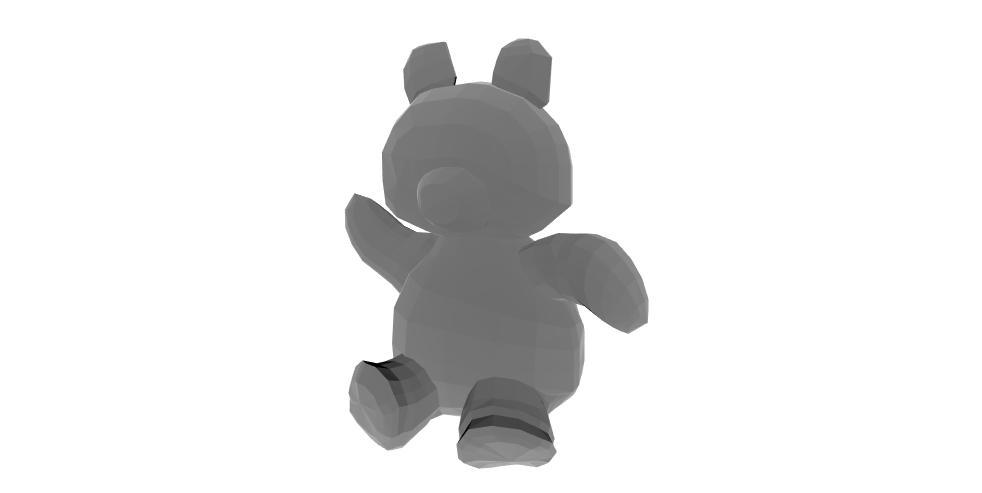 |
- Net7 - NN with with seven fully-connected layers
- Net12 - NN with with twelve fully-connected layers
- ConvNet - NN with with three convolutional layers
- ConvNet2 - NN with with six convolutional layers
| Cube Mesh | Pyramid Mesh | Teddy Mesh | Chair Mesh |
|---|---|---|---|
 |
 |
 |
 |
| SDF heat map for Cube | SDF heat map for Pyramid | SDF heat map for Teddy | SDF heat map for Chair |
|---|---|---|---|
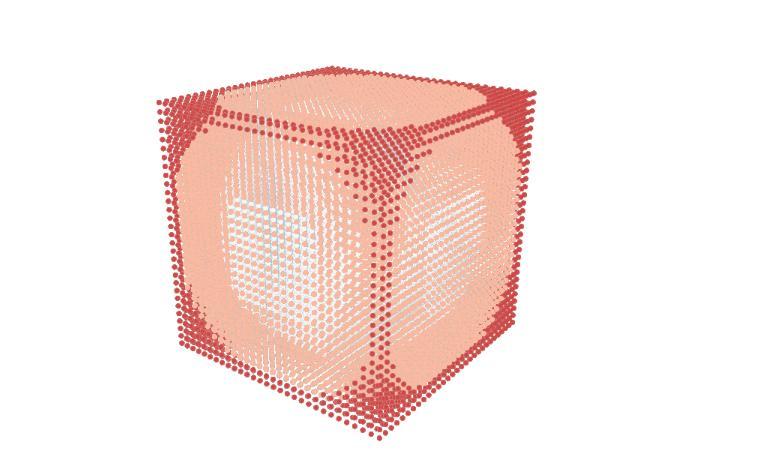 |
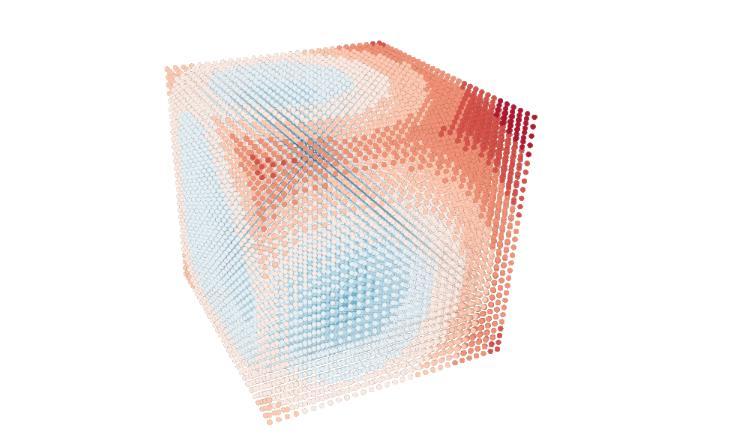 |
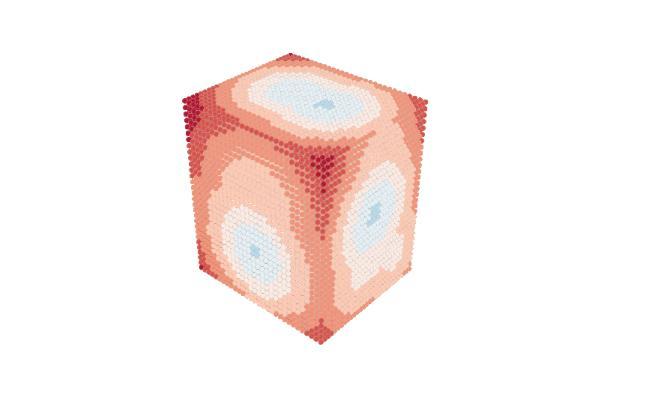 |
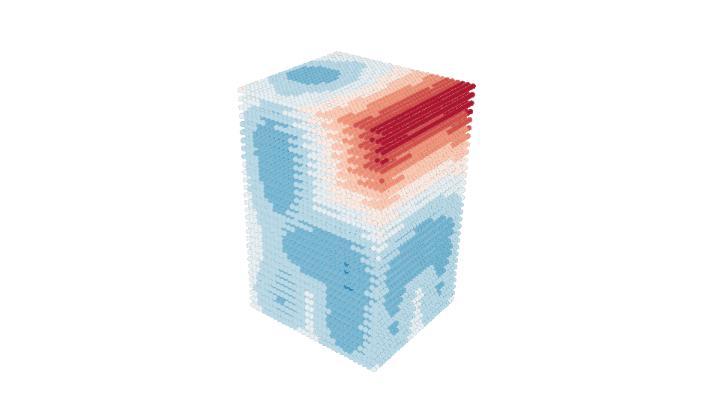 |
| Net7 output for Cube | Net7 output for Pyramid | Net7 output for Teddy | Net7 output for Chair |
|---|---|---|---|
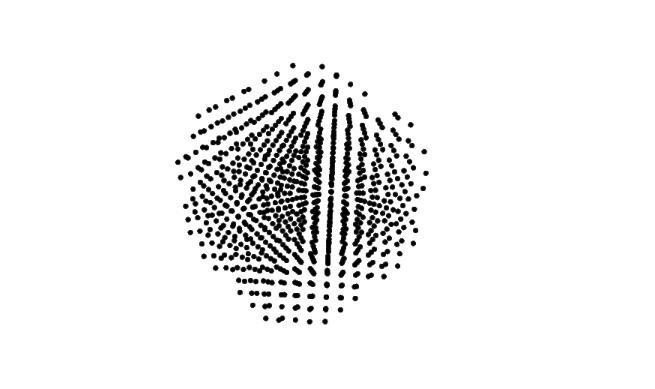 |
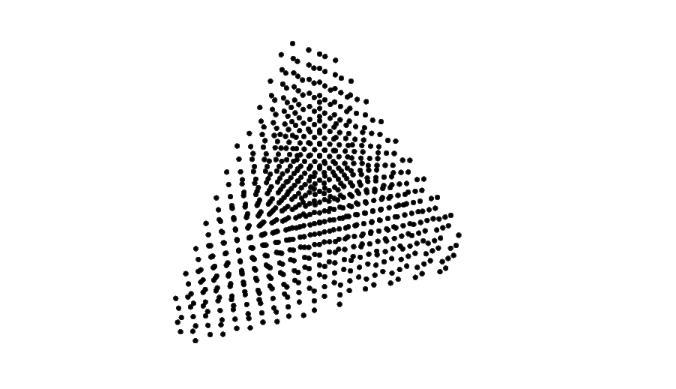 |
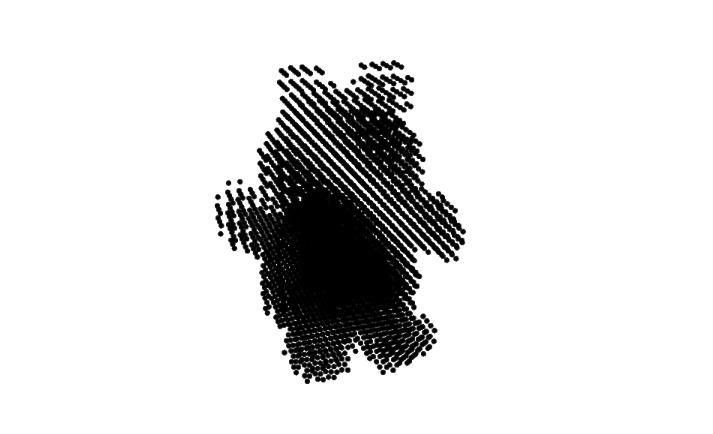 |
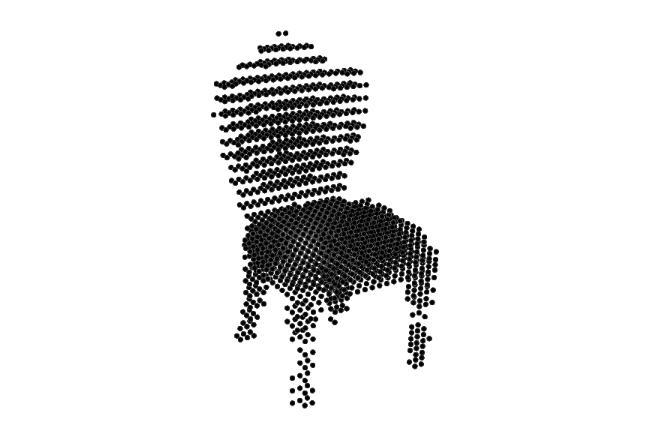 |
| Net12 output for Cube | Net12 output for Pyramid | Net12 output for Teddy | Net12 output for Chair |
|---|---|---|---|
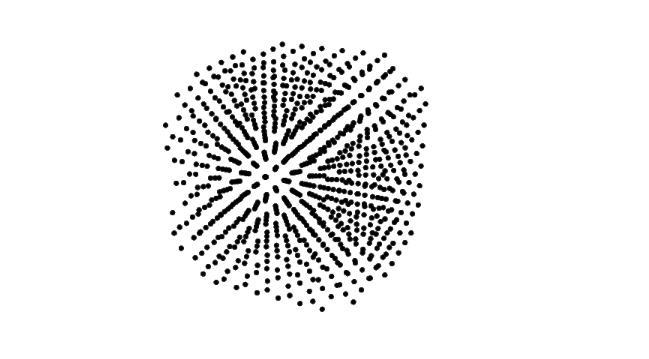 |
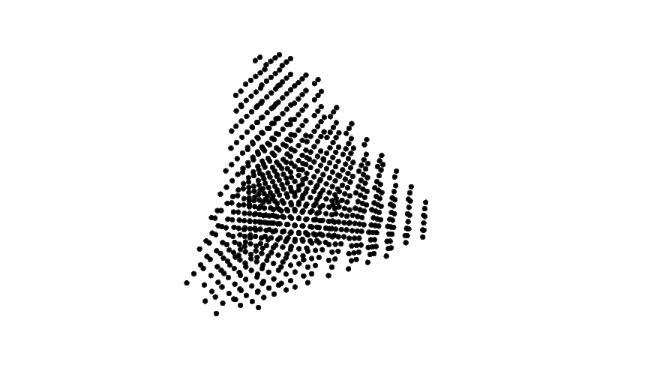 |
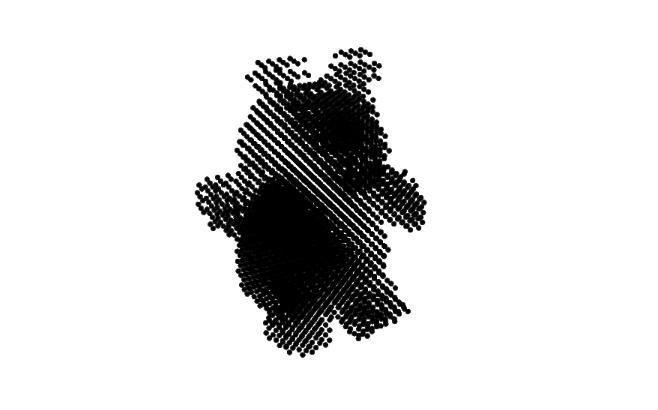 |
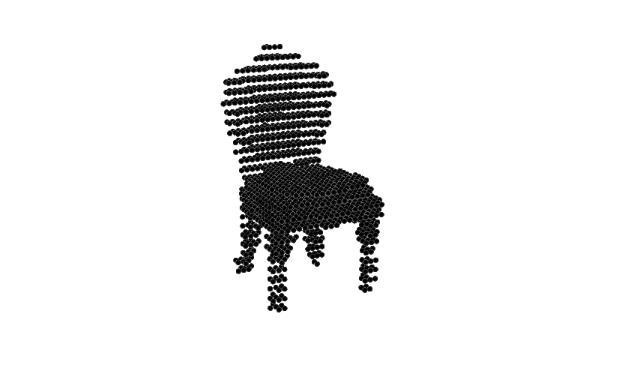 |
| CNN output for Cube | CNN output for Pyramid | CNN output for Teddy | CNN output for Chair |
|---|---|---|---|
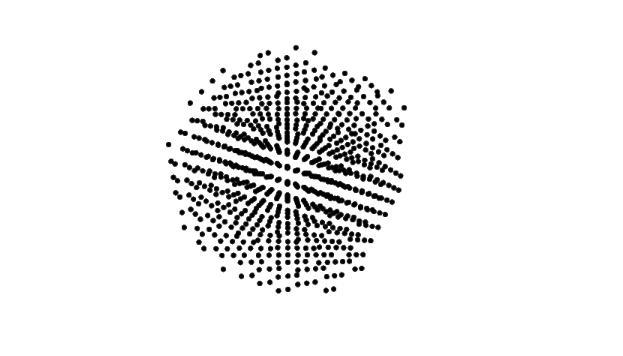 |
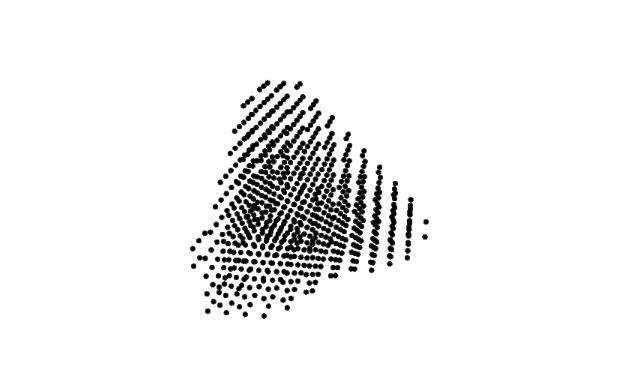 |
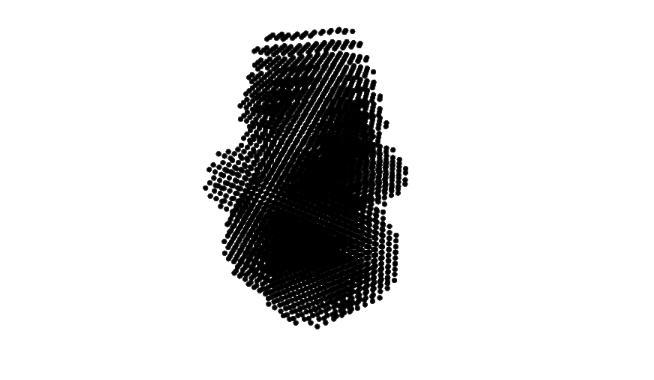 |
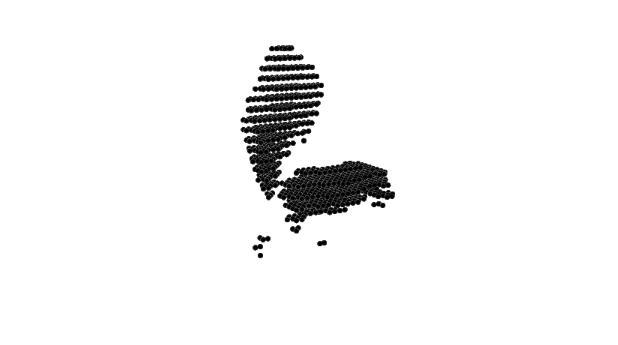 |
| CNN2 output for Cube | CNN2 output for Pyramid | CNN2 output for Teddy | CNN2 output for Chair |
|---|---|---|---|
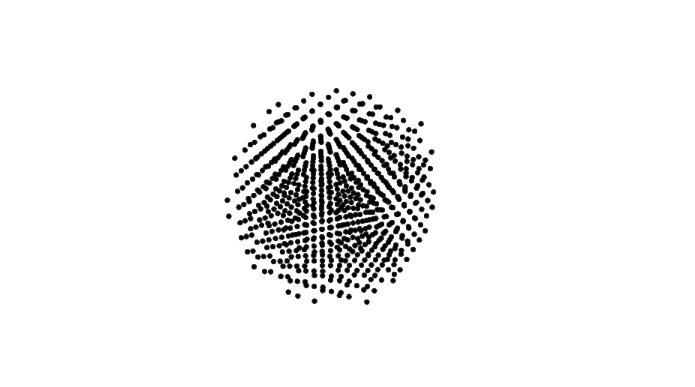 |
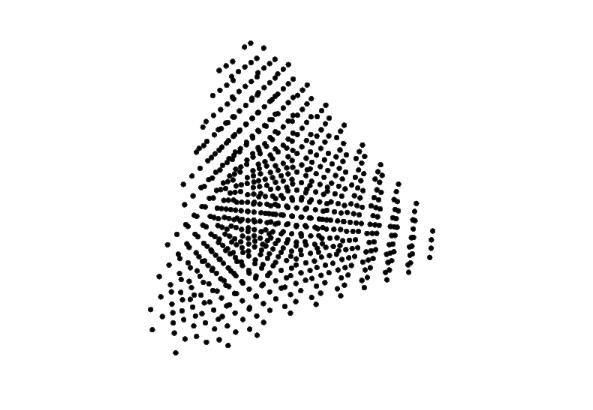 |
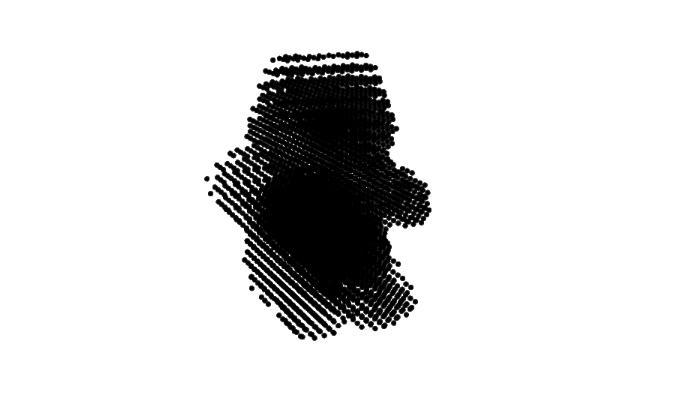 |
 |
- Even the simplest fully-connected models with a small number of layers are able to simulate SFD functions.
- One-dimensional convolution is an effective method for this task. Even without normalization, it describes the mesh well, and the weight of the model is less than the mesh file.
- After a large number of experiments, such models will describe mesh objects well using less resources.
- This is a great area for research ;)
- Improve loss func (e.g. from DeepSDF)
- Improve visualization
- Parallelize inference models
- More convolution network experiments
- Add nn.BatchNorm1d
- Use a model for group mesh objects
- Etc